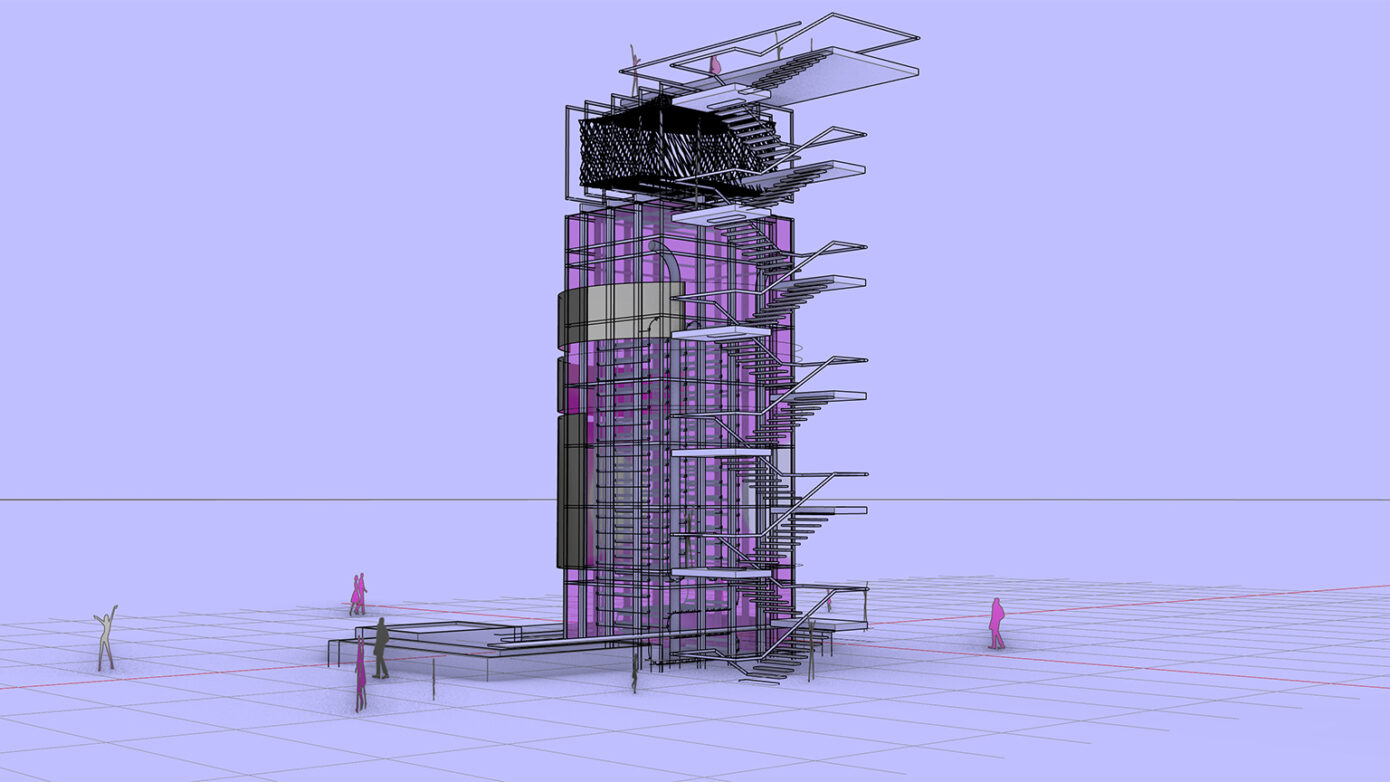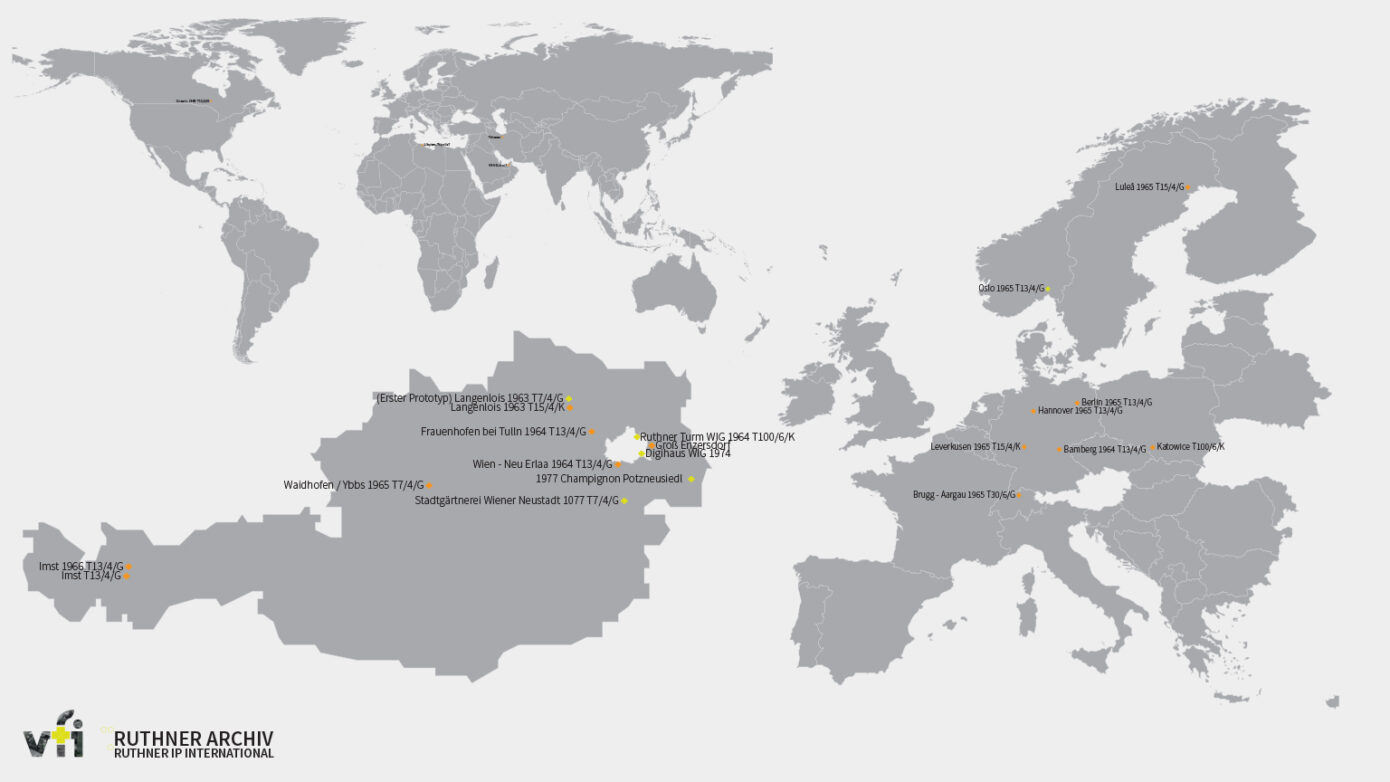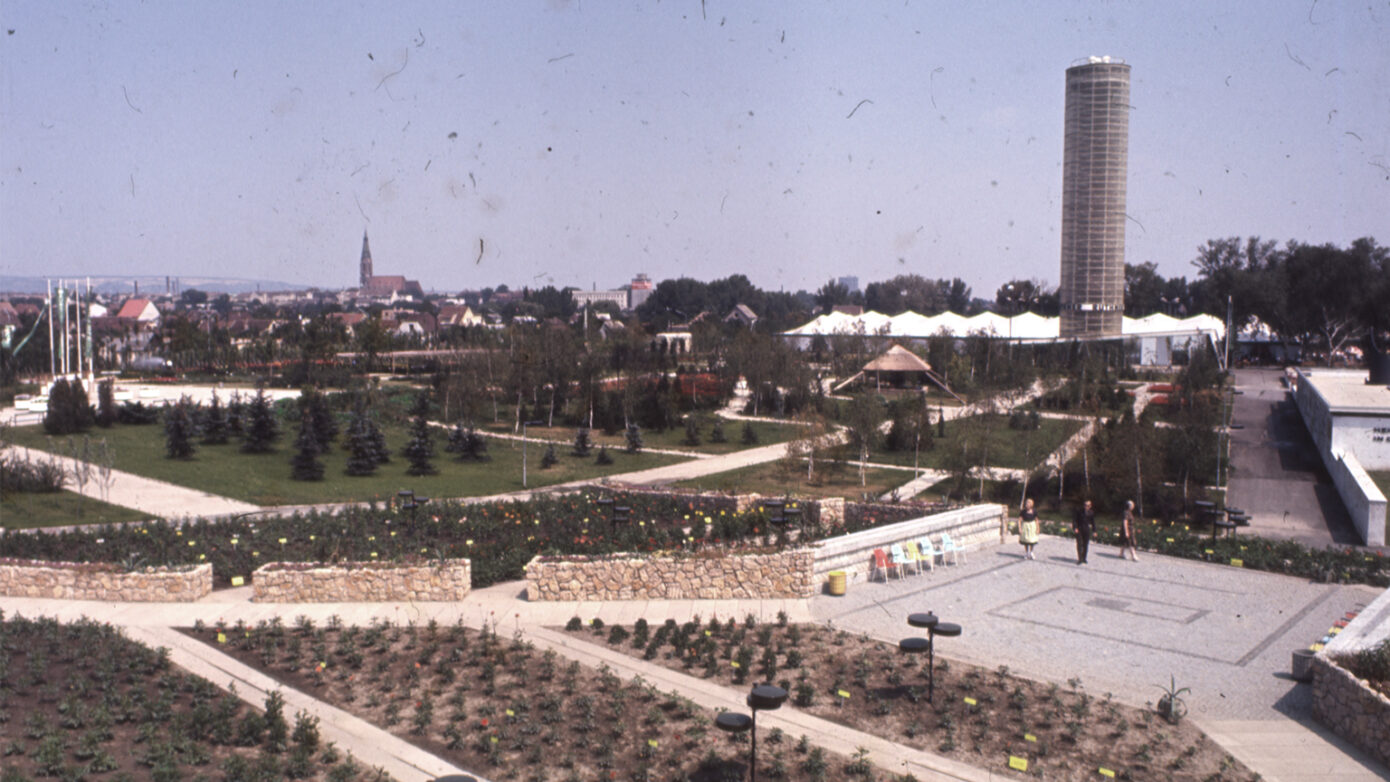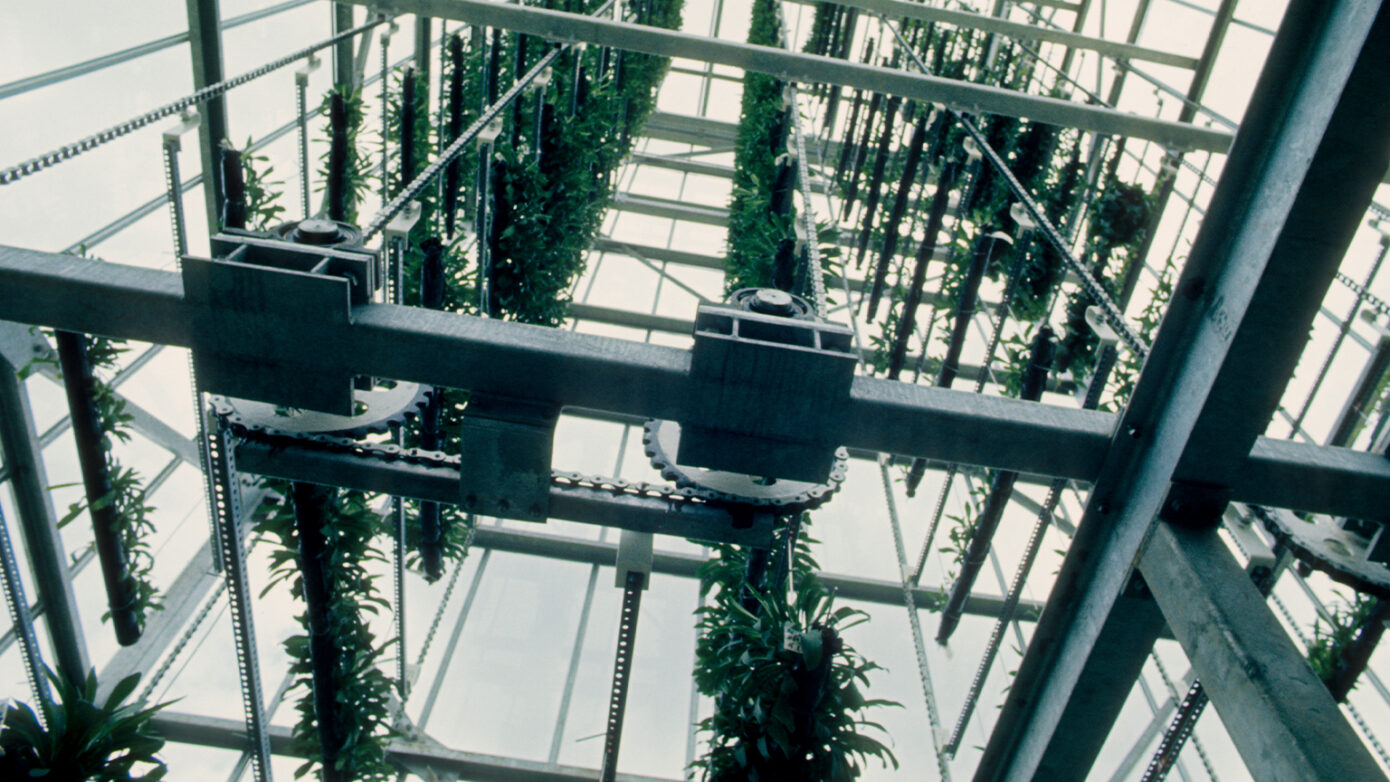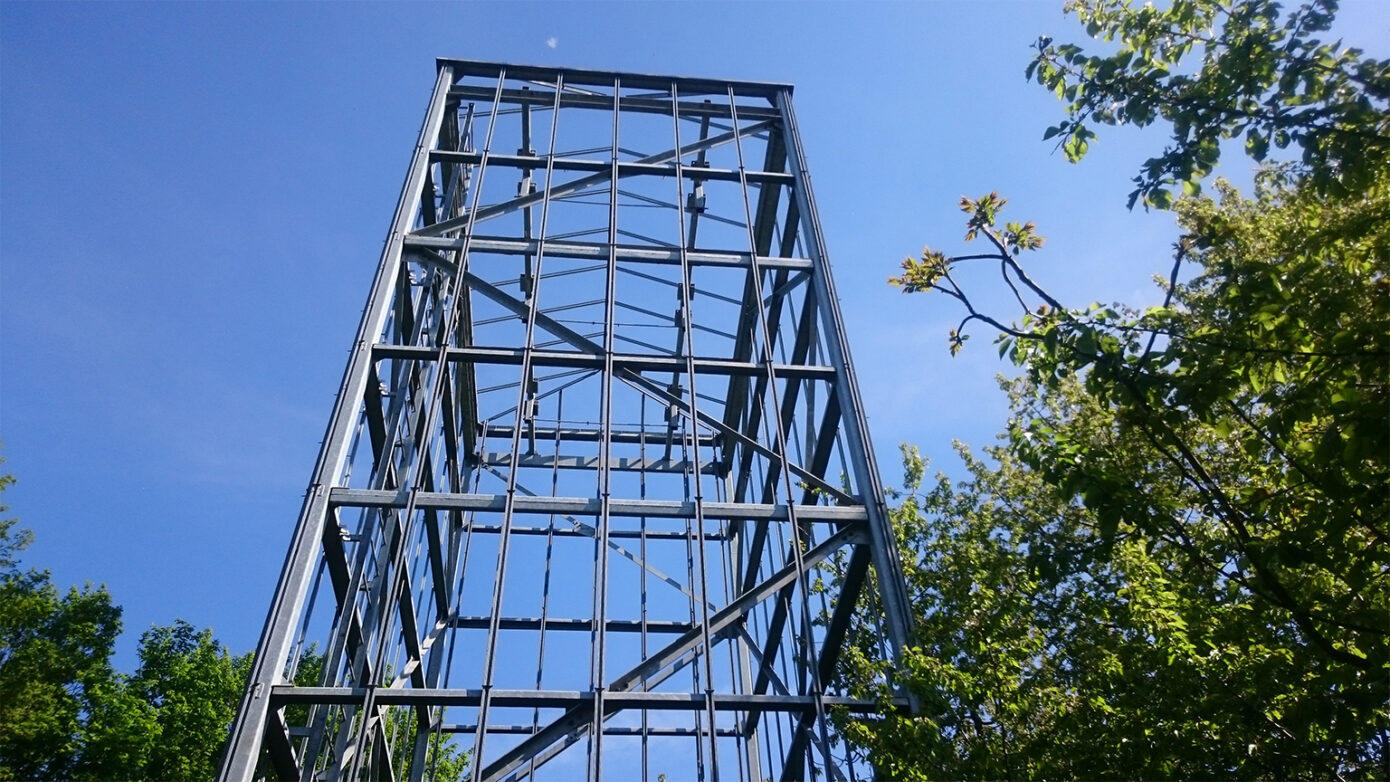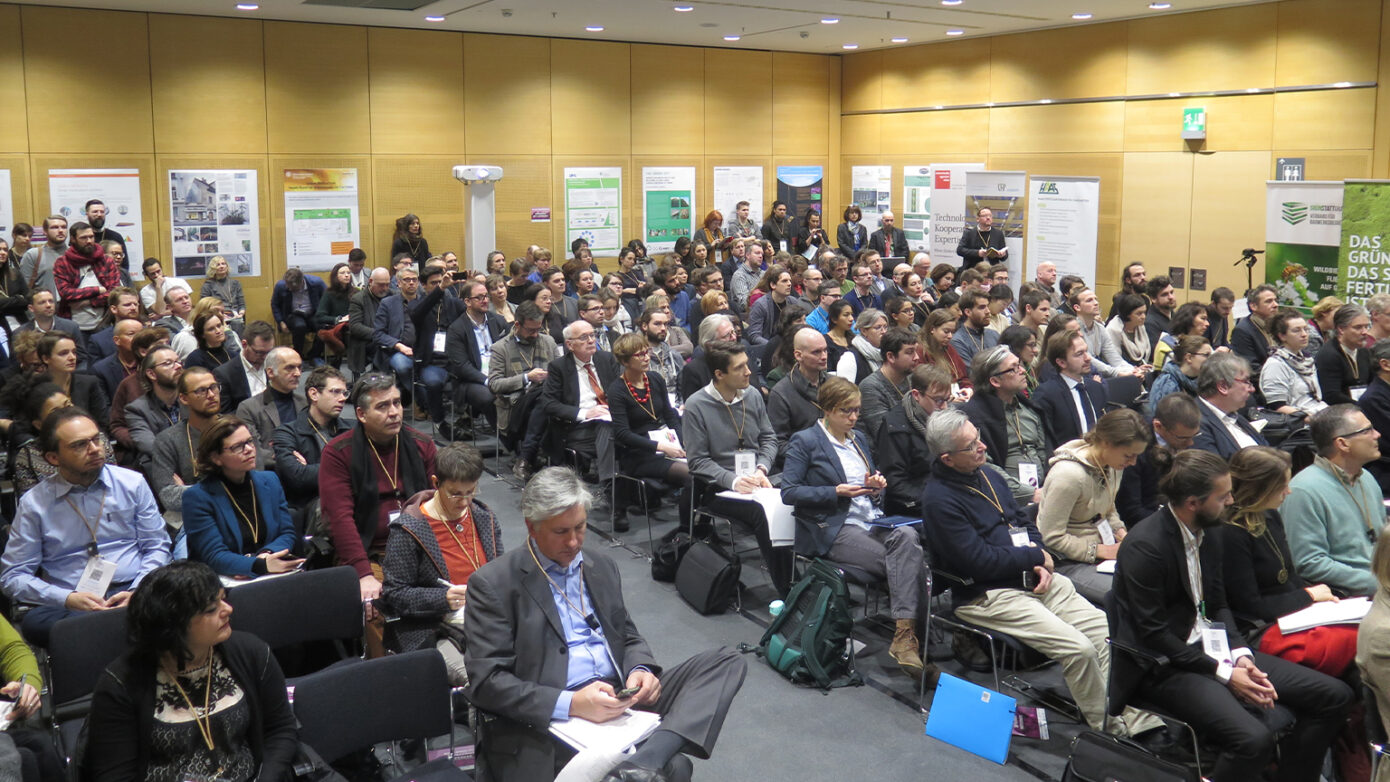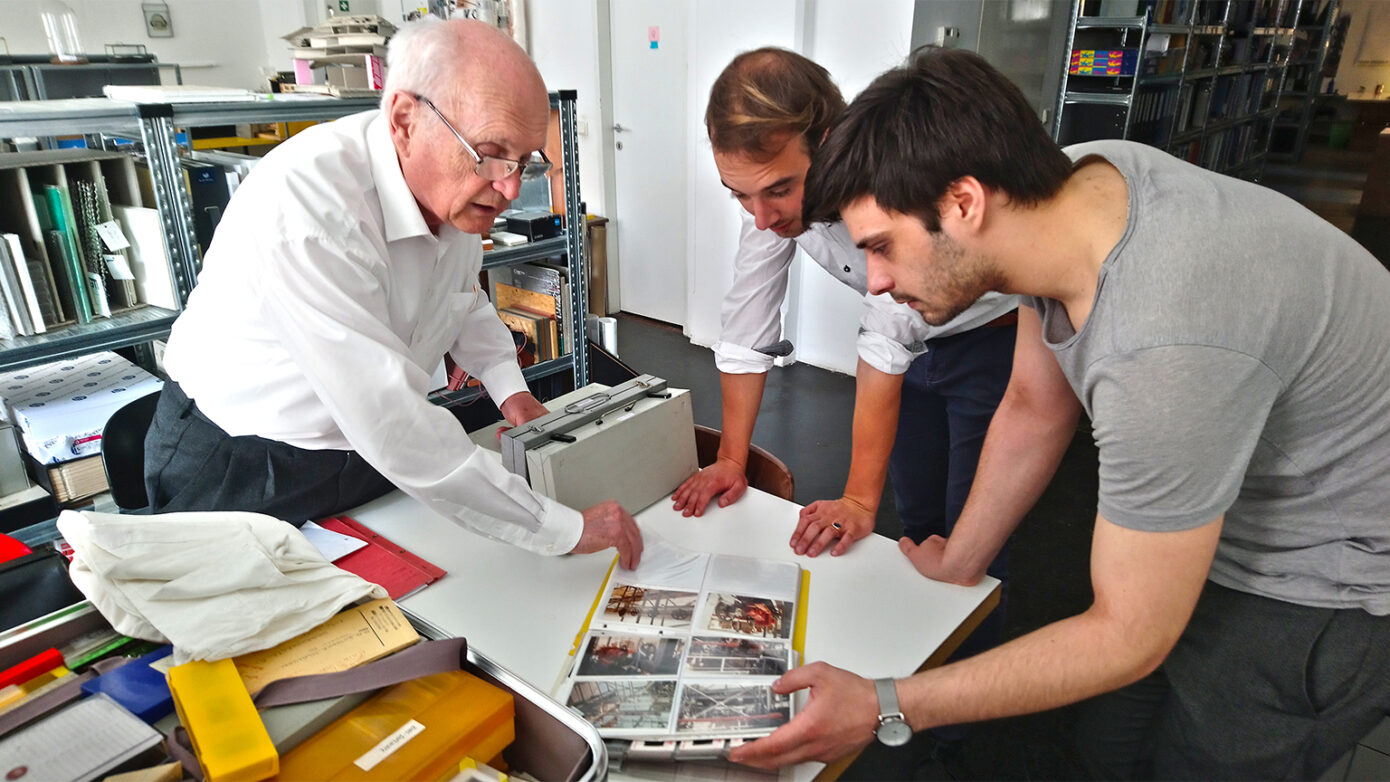History of Vertical Farming :: Phytotowers
Urban vertical farming is being discussed more and more intensively as part of the transformation of cities towards resilience and sustainability.
Plant factories are being built around the world, greenhouses are being turned into high-tech production facilities and vacant buildings are being revitalized for indoor food production.
These projects can be found in high density in Japan, Singapore and on the east and west coasts of the United States.
The invention though as innovative cultivation- and production methods goes back for more than a half a century when the company Ruthner Industrieller Pflanzenbau (Ruthner IP) set up its first prototypes and named them “Phytotowers”.
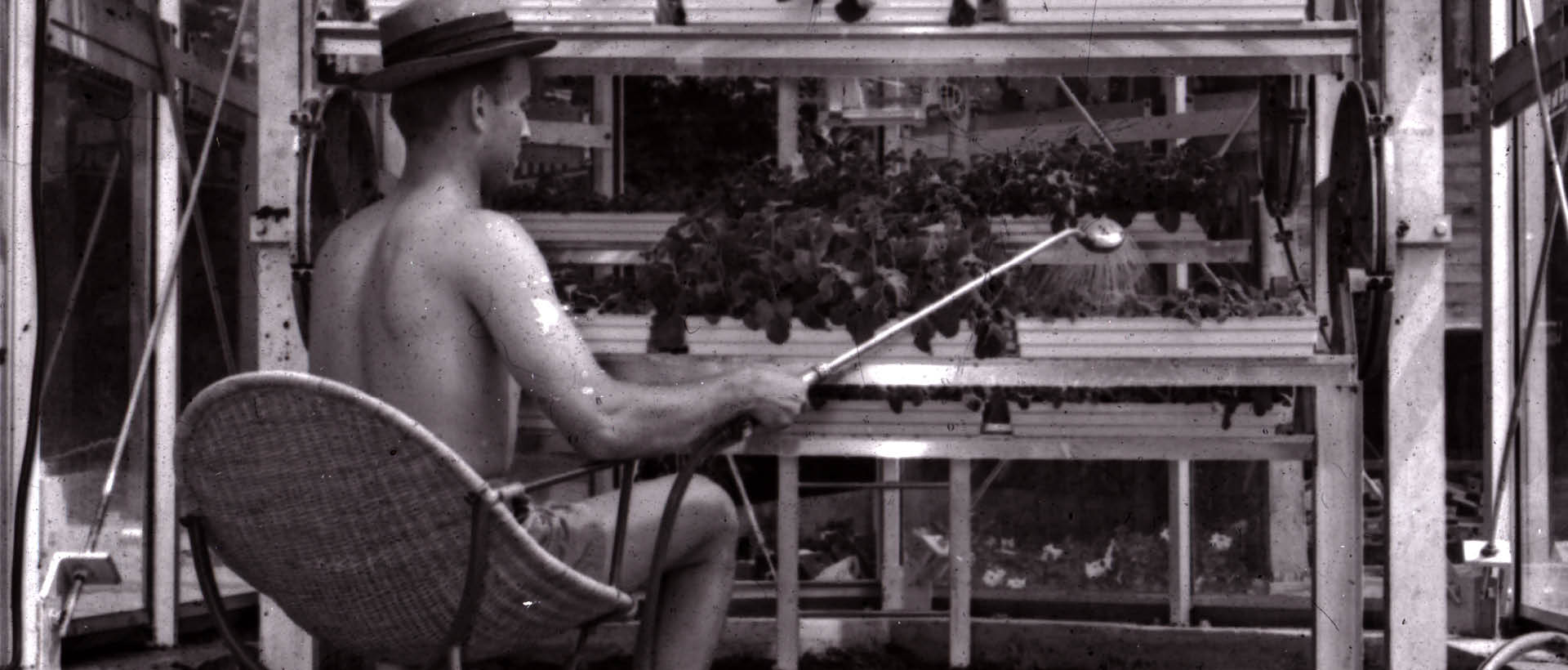
“Mr. Podmirseg, we’ve seen it all before. We’ve tried it and it will - not - work!” Oswald Ruthner after I handed over my PhD with all pride at our first meeting in 2016. Luckily he changed his mind during our cooperation.
After the realization of numerous vertical farms in Austria, Europe, overseas and Asia, the company Ruthner IP came to a rapid end with the death of the inventor Othmar Ruthner. A few years ago, the vertical farm institute made contact with the then managing director and son of Othmar Ruthner, Oswald, and began to process and digitize the holdings.
By reprocessing them, the understanding of the challenges of indoor food production can be increased, lessons can be learned from “trial and error” and knowledge can be transferred into the 21st century.
Senator Dipl. Ing. Othmar Ruthner was born in Vienna on 26 October 1912. He attended the Federal Teaching and Research Institute for the Chemical Industry before attending the Vienna University of Technology for four years as an associate student. He registered patents for several metal processes at an early stage.
During his studies, he was already plant manager at Böhler Ybbsstahlwerke and head of the research and testing centre. After the war, he founded his first company for the development of electrochemical-metallurgical industrial plants in Vienna.
He rapidly expanded the company Ruthner-Stahlbau, founded in 1952, and registered numerous patents for industrial plant construction in the mid-1950s. In 1960, he was made an honorary senator of the Technical University.
His son, Dipl. Ing. Oswald Ruthner, born in 1939, worked as managing director of the Ruthner company from the mid-1950s and shaped and accompanied the business development and internationalisation of the Ruthner towers. The death of the inventor in the late 1980s marked the end of the company and the further development of the idea of developing new building typologies.
Early Milestones
1963 :: Prototype built at the horticultural school in Langenlois, Lower Austria
1964 :: 41-metre-high vertical farm for the opening of the Donaupark during the Vienna International Garden Show under Mayor Franz Jonas
1974 :: 15-metre-high vertical farm ‘Digihaus’, still in existence today but no longer in operation, for the opening of the “Kurpark Oberlaa” - gardens under Viennese Mayor Leopold Gratz
The concept of the phytotower
A phytotower is a phytotechnological process for the continuous production of plant raw materials. It is a vertical cultivation method in which plants are grown in several layers on top of each other. This method utilises space more efficiently and enables a higher yield rate on a smaller area compared to traditional cultivation methods.
Aspects of functionality
- vertical arrangement: The phytotower utilises a vertical structure in which plants are grown in several levels on top of each other. This maximises the use of available space and enables a higher plant density.
- continuous production: The system is designed to enable continuous production. This means that plants in different stages of growth are present at the same time, allowing for a constant harvest.
- automation and control: The phytotower is equipped with automated systems that control irrigation, nutrient supply and lighting. These systems ensure that the plants have optimal growing conditions.
- efficient use of resources: The vertical arrangement and automated systems optimise the use of water, nutrients and energy. This leads to a more efficient use of resources compared to traditional cultivation methods.
- environmentally friendly: the phytotower reduces the need for agricultural land and minimises the use of pesticides and herbicides, resulting in more environmentally friendly production.
- adaptability: The system can be adapted to different plant species and varieties, making it versatile and flexible.
These aspects make the phytotower a promising technology for the sustainable and efficient production of plant raw materials.
